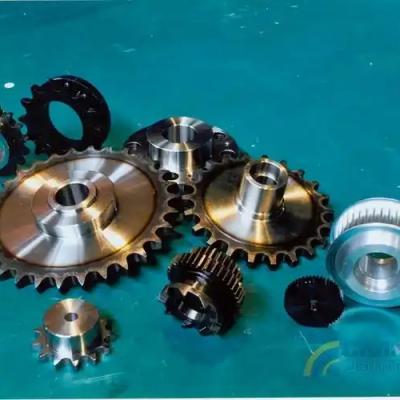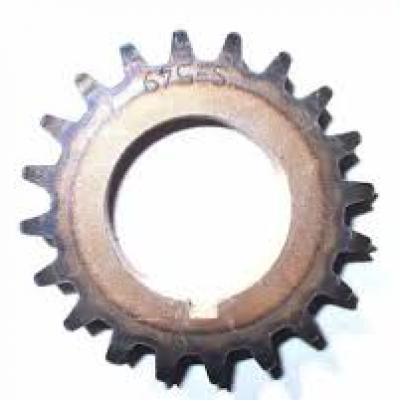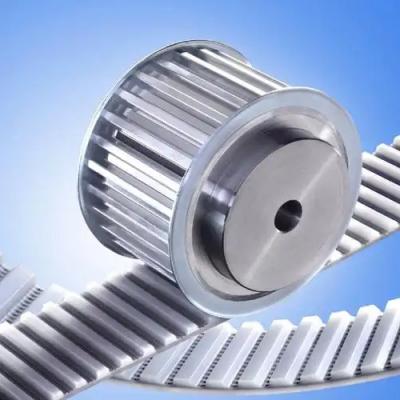Application and Maintenance of Bearings
Application and Maintenance of BearingsBearings play a crucial role in various mechanical systems, supporting rotating or linear components and reducing friction to enable smooth motion. Here is an overview of the application and maintenance of bearings:
Application of Bearings:
Support: Bearings support rotating shafts, axles, or other moving parts within machinery, allowing them to rotate or move with minimal friction.
Load Handling: Bearings distribute loads and forces, enabling efficient power transmission and motion control in machines.
Alignment: They help maintain proper alignment of components, reducing wear and preventing premature failure.
Reduction of Friction: Bearings reduce friction between moving parts, improving efficiency and extending the life of components.
Noise Reduction: Properly installed and maintained bearings help reduce noise and vibration in machinery, enhancing operational comfort.
Types of Bearings:
Ball Bearings: Feature rolling balls between inner and outer rings for radial and thrust loads.
Roller Bearings: Use cylindrical, spherical, or tapered rollers for heavy radial or axial loads.
Thrust Bearings: Specifically designed to handle axial loads.
Plain Bearings: Include bushings or sleeve bearings for low-speed, high-load applications.
Needle Bearings: Utilize long, thin rollers for high radial load capacities in limited spaces.
Maintenance of Bearings:
Lubrication: Proper lubrication is essential to reduce friction and wear. Use the recommended lubricant and ensure the right amount is applied regularly.
Alignment: Ensure bearings are correctly aligned to prevent excessive loads and premature failure.
Sealing: Keep bearings protected from contaminants by using appropriate seals to extend their lifespan.
Temperature Monitoring: Regularly monitor bearing temperatures to detect overheating, which can indicate issues with lubrication or misalignment.
Cleaning: Periodically clean bearings to remove dirt, debris, and old lubricants that can affect performance.
Inspection: Conduct routine inspections to check for signs of wear, corrosion, or damage. Replace bearings that show signs of deterioration.
Bearing Failure Modes:
Overheating: Caused by lack of lubrication, overloading, or misalignment.
Corrosion: Due to exposure to moisture or contaminants.
Fatigue: Resulting from prolonged operation under excessive loads or speeds.
Misalignment: Leads to uneven wear and premature failure.
By applying proper maintenance practices and ensuring correct application of bearings, you can optimize their performance, extend their service life, and enhance the efficiency and reliability of machinery and equipment.




